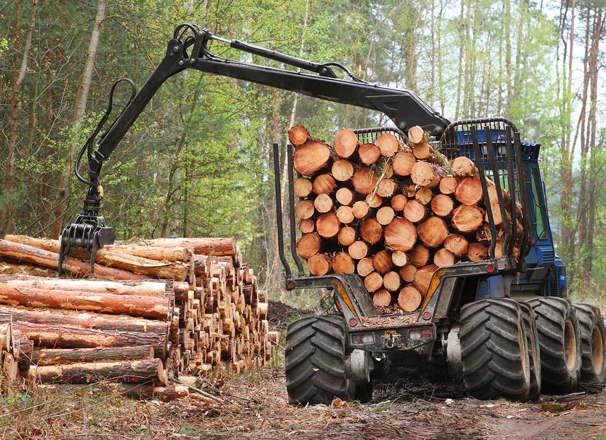Data Scientist
Data scientists explore large amounts of data to identify patterns and relationships between variables. They use these patterns to make predictions. For example, they might look at a group of people who share certain traits and predict what they will do in the future based on what they have done in the past.
This is an emerging occupation. It may have evolved from an existing occupation or emerged in response to consumer needs or technological advances.



